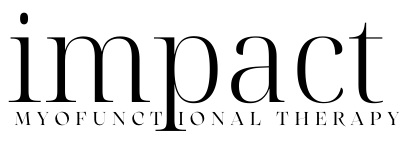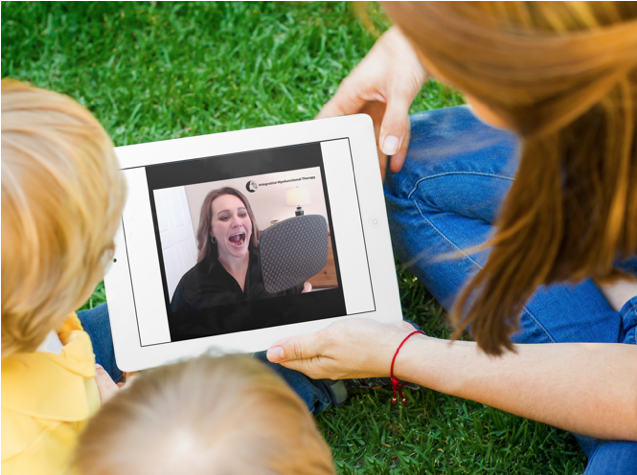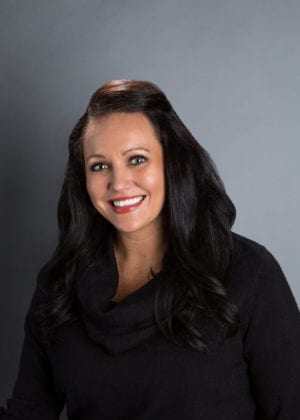
Officially! It’s summer! And it’s also “frenectomy season” as many people choose to do the frenectomy during the summer months, while the pace of life seems to be a little bit slower. Today, I wanted to address a very common question that I receive: Is YouTube Myofunctional Therapy effective? In this article I will explore Orofacial Myofunctional Therapy (OMT) and the exclusive use of YouTube videos in place of OMT when it comes to a tongue-tie procedure.
WHAT IS OMT?
First, for readers who are new to the “OMT” world or just don’t understand what it is, let me give you the most basic explanation I can come up with. Orofacial Myofunctional Therapy is “kinda sorta” like physical therapy for your mouth and face muscles.
This therapy goes by several different names: orofacial myology, myofunctional therapy, orofacial myofunctional therapy, just to name a few. This therapy is completed by therapists, like myself, trained to treat disorders of the face, mouth and neck muscles. Believe it or not, the muscles all form an intricate network and are designed to function a certain way.
However, the body is amazing at adapting when there is a problem, resulting in dysfunction and impairment in these muscle groups. It really is a cascade of events that lead a person down a road of myofunctional dysfunction.
Myofunctional therapy, as it is most commonly called, works to bring awareness to the areas of concern and then helps teach the client how to properly use the muscles, learn new, correct habits and how to retain those new patterns. This therapy is completed through a series of oral exercises that will help stretch, strengthen and teach muscles how to properly function.
WHAT IS INCLUDED IN OMT?
Of course, I can only speak for myself, but I would venture to guess that all therapists are pretty close in what is included in therapy and what our goals are. My programs, which are detailed here, always start with a comprehensive exam. During this exam, I review many areas in your life and health history looking to connect the dots and help you understand what myofunctional impairment you have. My blog about comprehensive exams is a helpful tool and you can read it here.
Following the comprehensive exam, I get a complete snapshot of your myofunctional needs and I can make an accurate assessment about which program would help you best. Each program is customized for your needs. Not every person has the same needs. Some of my clients have great mobility of the tongue, but they can’t lift the back of the tongue up, which is paramount for proper tongue posture.
From that point, each client is a different animal! Some can get by with an easier protocol, and others require more comprehensive help. Regardless of program, each client must complete a series of “building blocks” which in the end equals “comprehensive therapy”. Much like you can’t successfully run a marathon when the most exercise you’ve been doing is couch surfing, myofunctional therapy is the same way. My clients who have swallowing issues, can’t just jump into the swallowing protocol. This is because you must first complete the building blocks that prepare you for correct swallowing. These building blocks address correct tongue and mouth posture, correct nasal breathing, and possible toxic oral habits before addressing swallowing.
WHY IS OMT IMPORTANT?
For clients, having a frenectomy procedure, the OMT is a foundational part of the success of that procedure. The dentist / ENT/ periodontist will release the tethered oral tissue, but it is the OMT that will teach you how to strengthen the muscles as well as how to properly use them!
Orofacial Myofunctional Therapy is important for clients who have tongue-ties, but also for clients who have myofunctional impairment (mouth breathing, snoring and sleep apnea, tongue thrust, speech concerns and more). Each of these individuals need to learn how to get the muscles to function properly, in addition to relearning new habits and getting rid of old ones, some of which have been around for 40, 50, 60 or more years. This doesn’t come easy. I am always telling my clients that Rome wasn’t built in a day, and neither will the nice, shiny new habits that we are working to learn! It takes time and patience. The best advice I can give is to trust in the process.
CAN I DO YOUTUBE MYOFUNCTIONAL THERAPY?
With YouTube Myofunctional Therapy, you will only get partial therapy. Many of the exercise videos that I have seen online, are strictly for the frenectomy procedure itself. But what about the rest of the therapy? The exercises from YouTube are ok, if all you’re looking to do are some stretches before or after the frenectomy. Therapists like myself, talk endlessly about finding the root cause resolution and helping the person as a whole. I can’t help you with comprehensive care if you stop your journey once the wound heals. In fact, the hardest portions of my program begin after the wound has healed. In a nutshell, the problem is not necessarily that the exercises are taught via video, it’s that with YouTube Myofunctional Therapy you will only be getting piecemeal therapy, not complete therapy like you need.
IS THERE AN EFFECTIVE ALTERNATIVE?
It depends. I have met several therapists who have a very black and white practice philosophy and believe there is only one way to skin a cat. I operate under a much different theory. It didn’t take me long as a therapist to find out that something is better than nothing. I would never recommend that someone have a frenectomy done without combining OMT, but for a segment of the global population, traditional OMT just isn’t in the cards. Whether it’s a financial or a geographical concern, it’s a major hurdle for these clients and they feel rather helpless.
For that reason, my team and I got creative last year and put our heads together and created both Myo- Hybrid and Myo-2-Go.
The Myo-Hybrid program offers a mix of traditional therapy and video-based teaching. With this program, you meet me online for checking-in, discussing therapy, skills assessments and monitoring progress. You will learn the exercises via customized instruction videos that I create for you.
Myo-2-Go is a 100% video based myofunctional education series. The difference between my programs and YouTube is that my programs are created and put together for you, following your comprehensive exam. And it offers you comprehensive therapy, meaning that it teaches you all of those building blocks that I talked about earlier. Don’t get me wrong, this type of DIY program isn’t always easy, but it can be very successful for clients who follow the instructions well and do the “homework” religiously!
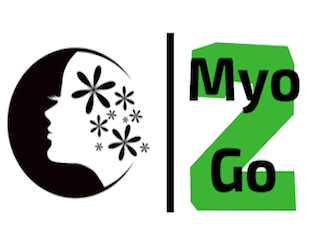
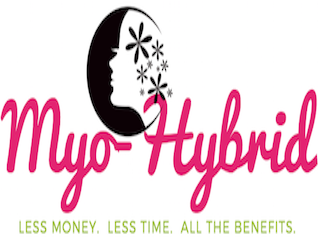
HOW DO I FIND OUT WHICH OPTION IS BEST FOR ME?
The only way is to get a comprehensive exam. Following this exam, I will know what your needs are and what program would be best for you. After that, I give you a therapy plan with a couple different options and you choose which program is going to work best for you.
The comprehensive exam is done online and takes an hour. You can schedule it here.
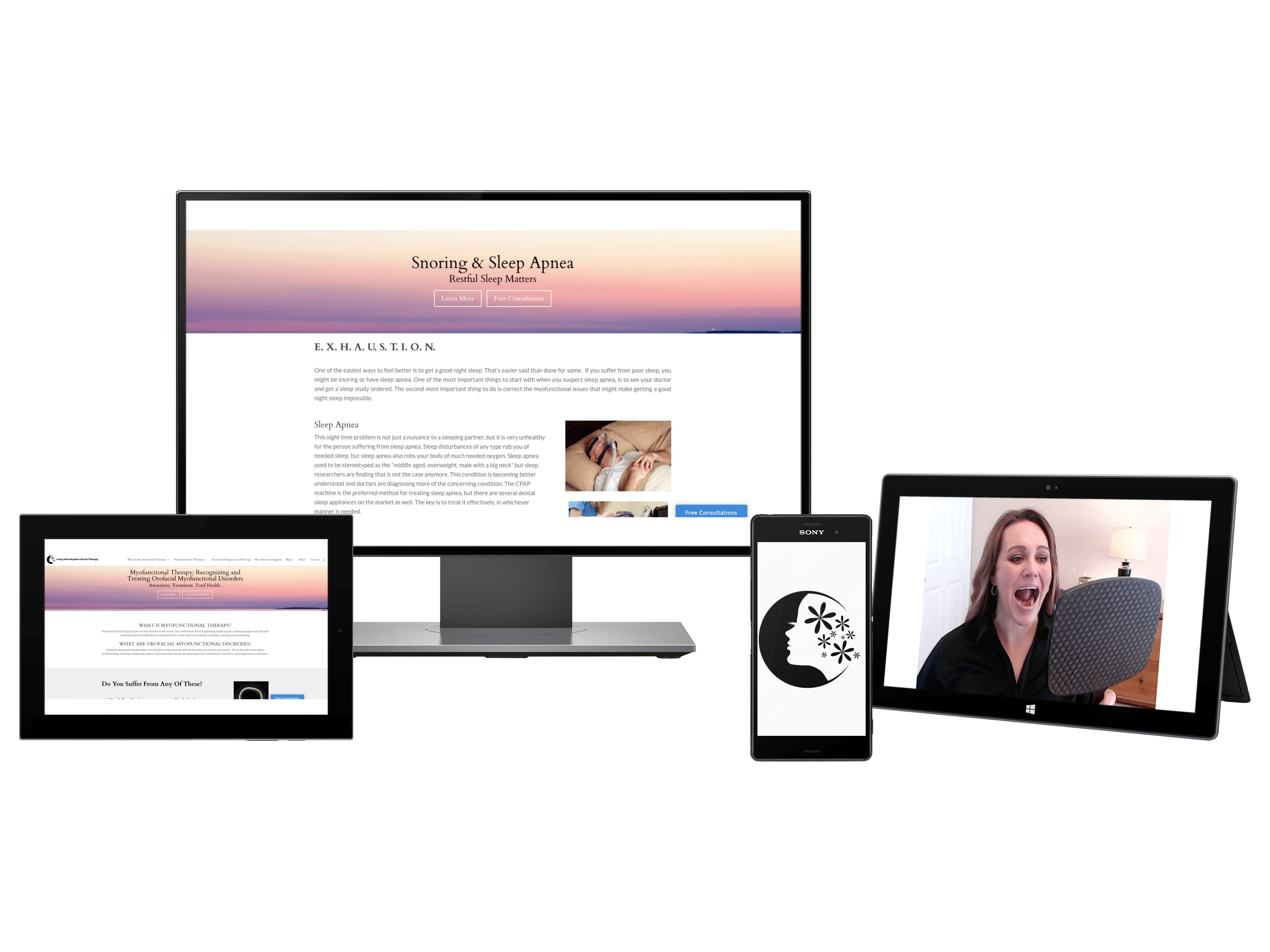
About Me
I have been in the dental and myofunctional industry since 2004. I opened my private practice, Integrative Myofunctional Therapy in early 2017 and have been able to provide therapy to clients around the globe, thanks to tele-therapy technology.
In addition to my practice, I spend much of my time speaking about Orofacial Myofunctional Therapy to dental hygiene students and training other dentists on how to implement Myofunctional Therapy into their practices. I also teach the Myo Mastery Program to Registered Dental Hygienists. This program helps hygienists learn how to identify and treat orofacial myofunctional disorders.
